- No products in the cart.
Table 5 n-NOC / v 50mg 50 units
$4.69
Table 5 n-NOC / v 50mg 50 units
Out of stock
SKU: 0737550486 Categories: Bladder and kidney infections, Kidney and bladder, Medicaments Tags: nitroksolin, Sandoz RX
Description
Composition
Active substance:
Nitroxoline (nitroxoline).
Excipients:
Calcium phosphate, lactose monohydrate, maize starch, colloidal silica, povidone K25, purified talc, crospovidone, magnesium stearate.
shell composition: acacia gum, carmellose sodium, povidone K25, sucrose, colloidal silicon dioxide, talc purified, corn starch, calcium carbonate, titanium dioxide, sunset yellow dye (E110), quinoline yellow dye (E104).
Product form:
5-NOC V® Valium. Valium. tablets, 50 mg of 50 units. Coated tablets orange, round, biconvex, shining. 1 tab. nitroksolin 50 mg.
Contraindications
– cataract, – kidney failure, severe (CC less than 20 ml / min) – Severe hepatic insufficiency, – children up to 3 years, – pregnancy – lactation (breast-feeding), – increased sensitivity to nitroksolinu or other drug component, – hypersensitivity to quinolines.
Dosage
50 mg
Indications
Treatment of acute, chronic or recurrent urinary tract infections caused by susceptible microorganisms nitroksolinu – pyelonephritis, – cystitis – urethritis, – epididymitis, – infected adenoma or carcinoma of the prostate. Prevention of infectious complications in the postoperative period after surgical interventions on the kidney and the urogenital tract, as well as diagnostic and therapeutic procedures (catheterization, cystoscopy). Prevention of recurrent urinary tract infections.
Interaction with other drugs
5-NOC not described drug interactions of the drug.
Overdose
Data on clinical overdose or poisoning symptoms nitroksolin not.
pharmachologic effect
Pharmacological group:
Antibacterial preparation, a derivative of 8-hydroxyquinoline. Uroantiseptik.
Pharmacological properties:
The antimicrobial drug, a derivative of 8-hydroxyquinoline. It has a wide spectrum of action. Selectively inhibits the synthesis of bacterial DNA, complexed with metal-containing enzymes of the microbial cells. It is active against Gram-positive bacteria Staphylococcus spp. (Including Staphylococcus aureus), Streptococcus spp. (Including beta-haemolytic streptococci, Streptococcus pneumoniae, Enterococcus faecalis), Corynebacterium spp., Bacillus subtilis, Gram negative bacteria Escherichia coli, Proteus spp., Klebsiella spp., Salmonella spp., Shigella spp., Enterobacter spp., Haemophilus influenzae, Neisseria gonorrhoeae, other microorganisms Ureaplasma urealyticum, Mycoplasma hominis, Mycobacterium tuberculosis, Trichomonas vaginalis. Effective against certain species of fungi (Candida, dermatophytes, mold fungi, some pathogens of deep mycoses).
Pharmacokinetics:
Nitroxoline well absorbed from the digestive tract (90%). C max plasma achieved in 1.5-2 hours after ingestion. It is metabolized in the liver. Excreted mainly by the kidneys in unchanged form and partly in the bile. There is a high concentration of the conjugated and unconjugated drug in the urine.
Pregnancy and breast-feeding
The drug is contraindicated during pregnancy and lactation (breastfeeding).
Conditions of supply of pharmacies
Drug prescription.
side effects
From the digestive system nausea, vomiting (can be prevented by taking the medication at meal times), elevation of liver transaminases. On the part of the central nervous system and peripheral nervous system ataxia, headache, paresthesia, polyneuropathy. Cardio-vascular system tachycardia. Allergic reactions are skin rash. Other thrombocytopenia, increased levels of uric acid in the blood serum.
special instructions
Use of the human liver
Patients with liver failure is recommended to use the standard half the daily dose – 200 mg / day (1 tablet 4 times / day.). Contraindicated in severe hepatic impairment.
Use in renal function
Patients with moderate renal failure (creatinine clearance of more than 20 ml / min) it is recommended to use the standard half the daily dose – 200 mg / day (1 tablet 4 times / day.). Is contraindicated in severe degree of renal failure (creatinine clearance less than 20 mL / min).
Use in children
Contraindicated for children under 3 years. The average dose for children over 5 years – 200-400 mg / day, divided into 4 doses, for children 3-5 years – 200 mg / day, divided into 4 doses.
Nitroxoline not be administered simultaneously with drugs containing hydroxyquinolines or derivatives thereof. In applying the drug in patients with impaired renal function because of a possible accumulation nitroksolin requires medical supervision. You should not assign courses of treatment for more than 4 weeks without additional inspection of the liver and kidney function. The treatment nitroksolin urine turns into an intense yellow-red color.
Effects on ability to drive vehicles and management mechanisms
Data on the impact on the ability to drive a car or do not have the mechanisms.
Storage conditions
The drug should be stored in reach of children at a temperature not higher than 25 ° C.
Dosing and Administration
The standard dose for adults and adolescents is 400 mg / day, divided into 4 doses (2 Tab. 4 times / day). The maximum dose – 800 mg / day. The average dose for children over 5 years – 200-400 mg / day, divided into 4 doses, for children 3-5 years – 200 mg / day, divided into 4 doses. The course of treatment – 2-4 weeks, if necessary continue intermittent therapy (2 weeks for a month). Patients with moderate renal failure (creatinine clearance of more than 20 ml / min) or hepatic insufficiency recommended standard half the daily dose – 200 mg / day (1 tablet 4 times / day.). Tablets should be taken before meals.
Information
Appearance may differ from that depicted in the picture. There are contraindications. You need to read the manual or consult with a specialist
Additional information
| Weight | 0.100 kg |
|---|---|
| Manufacturer | Sandoz RX |

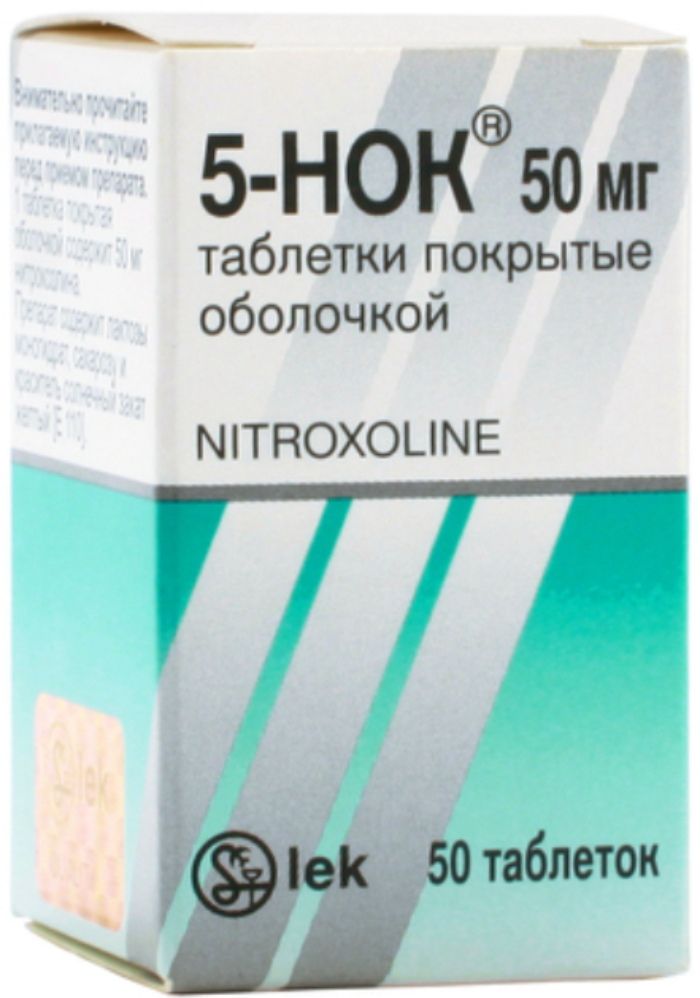
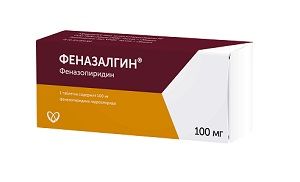
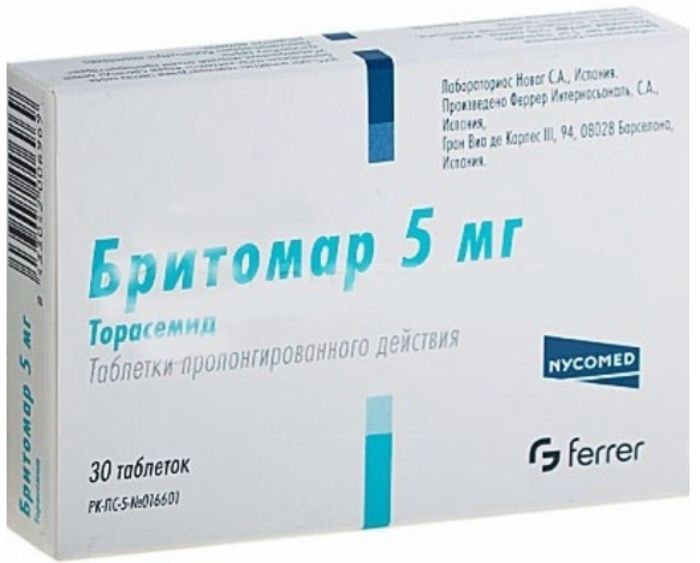
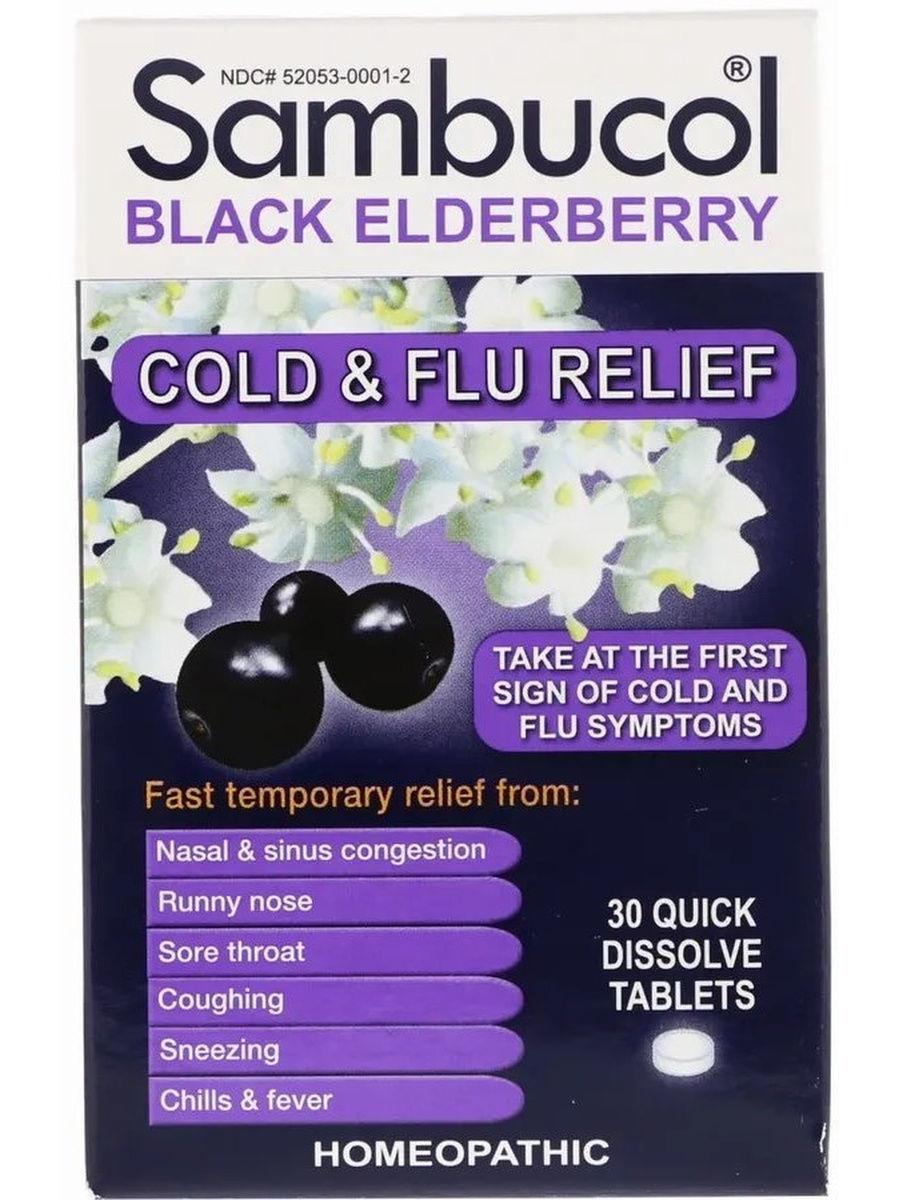
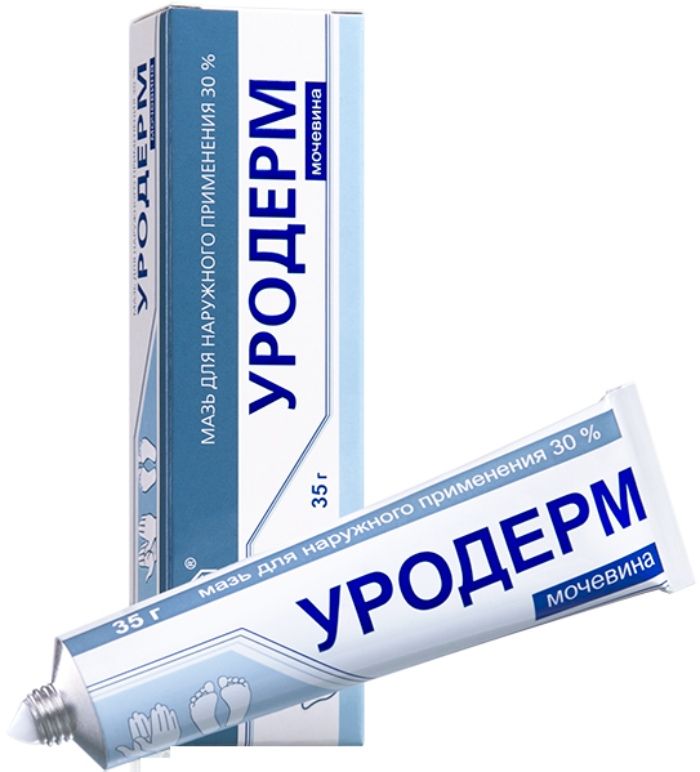

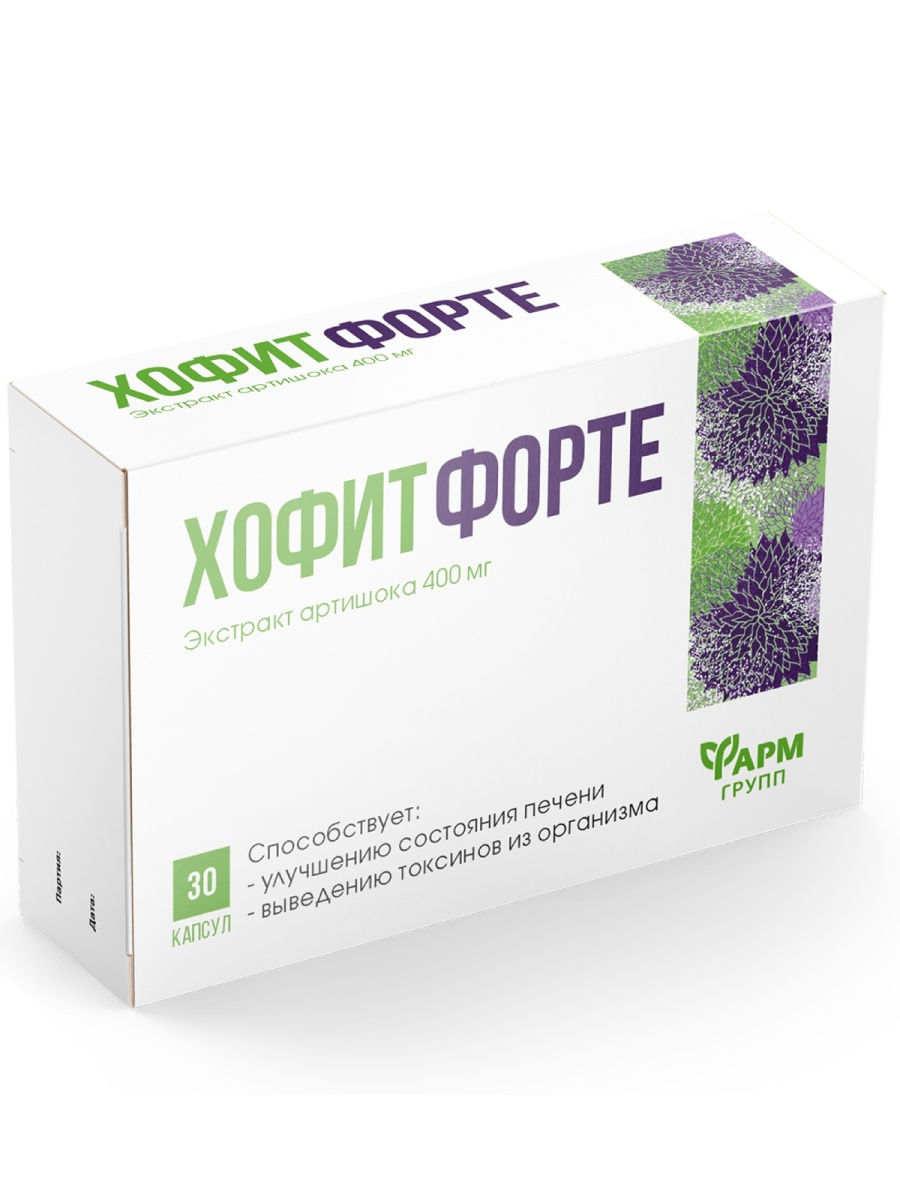
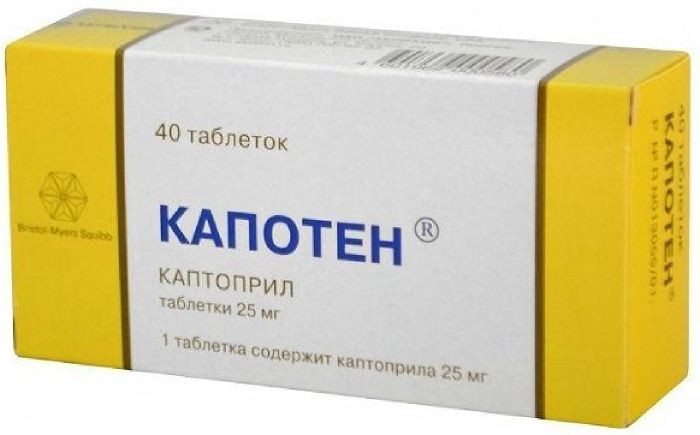
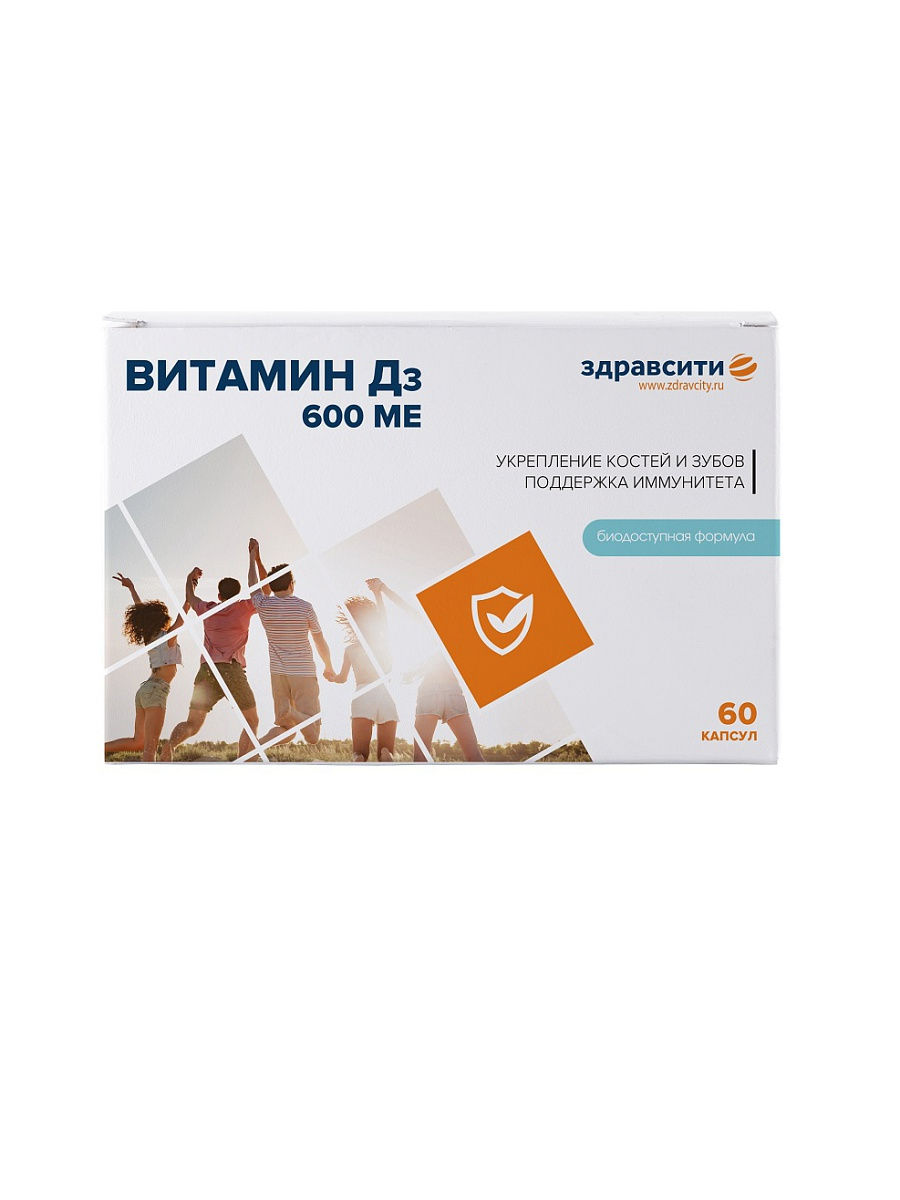




There are no reviews yet.